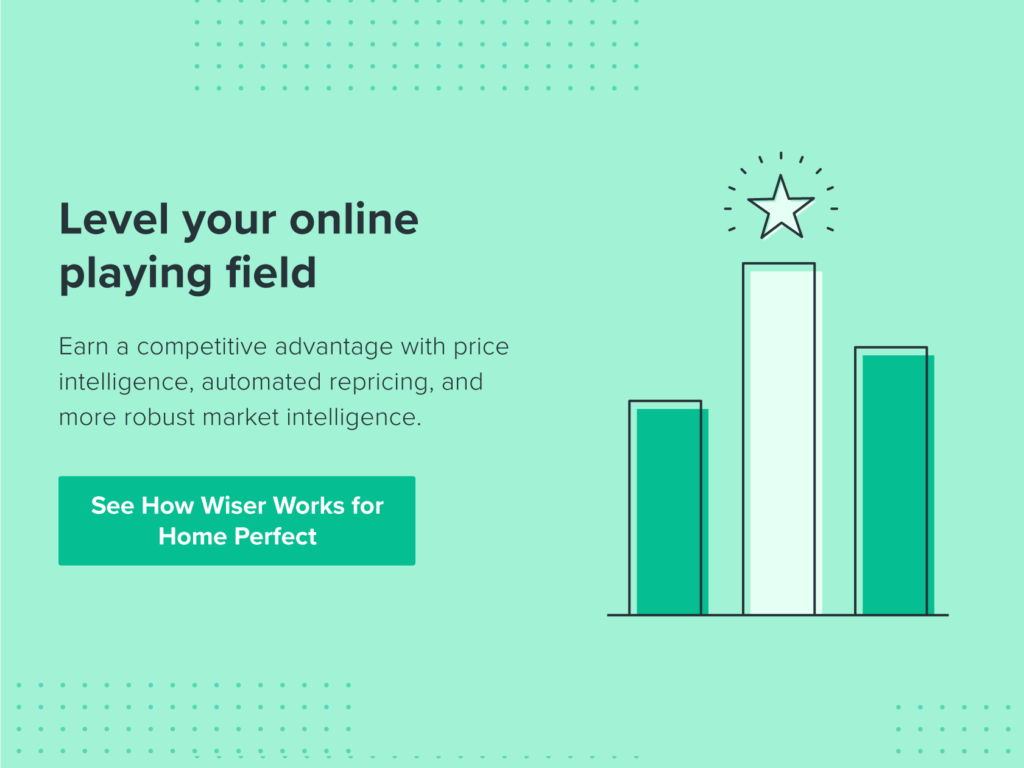Every eCommerce seller, like any business whose aim is to sell, has its prices as a powerful resource to attract customers and increase revenue. If you have an online store, or are starting a new project, think very carefully about which pricing strategy you are going to follow to make your products even more attractive.
The first step? Be clear about your costs and look for a balance between quality and price. Second, specify the objectives for your business. A good resource for setting objectives is to follow the SMART method: Specific, Measurable, Attainable, Realistic, and achievable within a period of Time.
With all that said, it is time to think about the pricing strategy that best suits you as an eCommerce seller.
Different Types of Pricing Strategies
Market Penetration Strategy
If you are planning to go global and start selling in a new country, a recommended strategy is market penetration pricing. At this time, it can be beneficial to price yourself slightly below your competitors as long as your margins allow it.
Once you are established and have a higher volume of business, you can increase your prices and bring them in line with your other regions.
Free Shipping
Being an online store, one of the most important points in the buying process is shipping. It’s also an area where you are able to set a strategy that will increase your sales.
What you should do is cover the shipping cost as part of the price of your product. A good way to do this is to set a minimum order for free shipping. This can also increase the likelihood that shoppers add an extra product to complement their main item.
A good way to know the total purchase price before free shipping kicks in is to look at your average basket size. Most shoppers prefer not to pay for shipping on their orders, so, if your margin allows it, calculate a small percentage above your average basket size, then increase prices accordingly to include the price of shipping in your base prices.
Discount Dates
It’s been a fairly common practice for stores to have a well-defined sales period—for example, after Christmas and at the beginning of summer. Today, however, the retail calendar is much more complex. We have many dates such as Black Friday or Cyber Monday that are a good time to promote your products through a little strategic repricing.
For example, decrease your prices around these sales holidays, even if they’re not organized by your business. Shoppers will be expecting discounts so your lower prices can capture their attention and drive up sales.
How the price reaches the consumer is also important; remember that the purchase decision is a very emotional process.
Price Skimming
This is a good pricing strategy if you have just launched a new product. Price skimming consists of setting a higher price for the new model or product you have just launched. Set the highest price that the customer would be willing to pay and increase your profits. Ideally, if it is a new product, your reputation is already established in the market, so the customer will be willing to pay the markup for the new edition.
Over time and as the product’s life cycle progresses, lower those prices so as not to lose sales. It is important to keep in mind that this strategy can be more successful if you have a niche product, with little competition or high barriers to entry for competitors.
Product Line Pricing Strategy
If you are able to offer your product or service with different features, this is a good strategy for your online business. Why? Because you will be able to increase your profits. What you are going to do here is to offer very similar base products but with small features that differentiate them from each other, so that you can sell them at different prices.
5 Quick Tips When You Advertise Your Prices
How the price reaches the consumer is also important; remember that the purchase decision is a very emotional process. Here are five tips to successfully advertise your new prices:
- Keep psychology in mind. Do not use rounding in the prices because the consumer interprets that it has been rounded up, not down. Use prices that contain fewer syllables when pronouncing them, even if the price is slightly higher. It seems silly, but when we see the prices we read them mentally. Quick and easy is better.
- Present the product you want to sell right next to a more expensive one. In this way, you create a sense of savings for buyers that will move them closer to the sale.
- Apply A/B testing to your prices. Testing helps you know which one works best.
- Create visual effects to attract attention. Cross out a price to write a cheaper one next to it. Or, list the core price in one font size and the decimals in a smaller size.
- Show the daily equivalent price. Showing the daily cost that a product would have instead of presenting only the total price helps the customer get an idea of the real value of the product.
With all these tips, you can refine your pricing strategy for the best chance of success.















